Category: Features
-
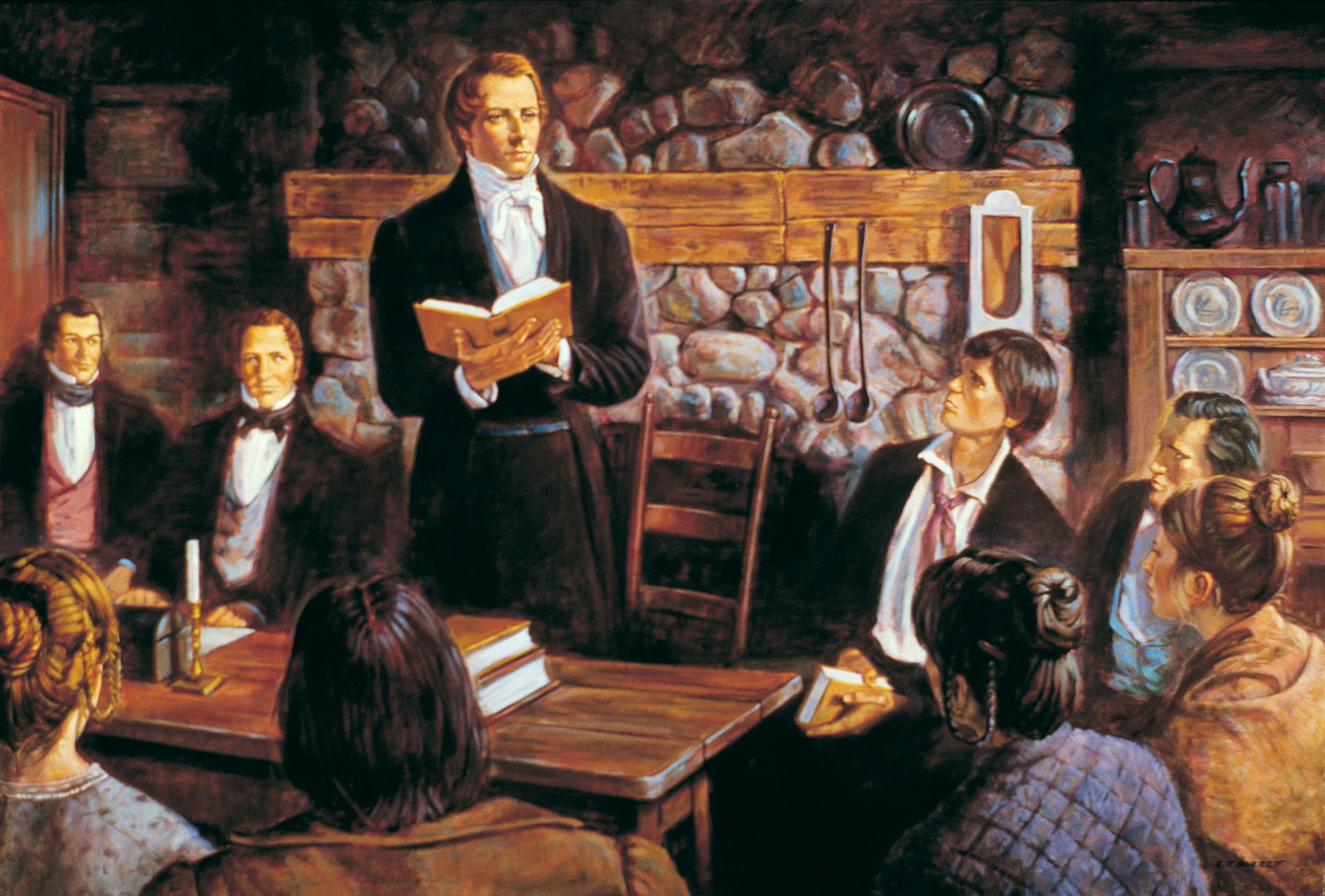
Lit Come Follow Me: D&C 20-22
Administrative acts don’t always get the same attention that ordinances and more dramatic events. And in comparison to the First Vision, the Martyrdom and a number of other events, the organization of the Church doesn’t get as much attention. This is also true in poetry. But even so, there are poems that mention the organization…
-
“It is not written, that there shall be no end to this torment”
Years ago, I attended a testimony meeting that began with a counselor in the bishopric talking about how grateful he was to be a part of a religion where believed that God was full of grace and would save almost every individual in one degree of glory or another. He quoted from the Vision in…
-

Lit Come Follow Me: D&C 18-19
The sections of the D&C covered in this week’s Come Follow Me lesson are apparently about the calling of the twelve apostles and paying for the Book of Mormon. But they also include themes that don’t directly bear on these purposes. Perhaps the most important theme is the call for repentance, and the subsequent forgiveness.…
-
“You shall obtain a view of them”
What were the three witnesses promised and what did they claim to experience? The basics of answering this question seems obvious—they saw the gold plates and other artifacts related to them. What is less apparent is how the Three Witnesses had that experience, since there are indications that they viewed the plates in vision, rather…
-
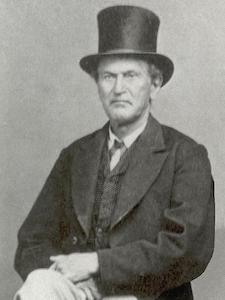
Lit Come Follow Me: D&C 14-17
This week’s Come Follow Me lesson includes several similar sections of the Doctrine and Covenants: three revelations to David Whitmer, John Whitmer and Peter Whitmer, Jr., who have asked the Lord where they should focus their efforts. The fourth section in this lesson is essentially the call to David Whitmer, Martin Harris and Oliver Cowdery…
-
“The keys of the ministering of angels”
One of the persistent questions from Doctrine and Covenants, Section 13 is what is meant by the statement that the Priesthood of Aaron “holds the keys of the ministering of angels.” Answers from general authorities in recent years have varied, including the idea that the Aaronic priesthood comes with a special privilege to have the…
-
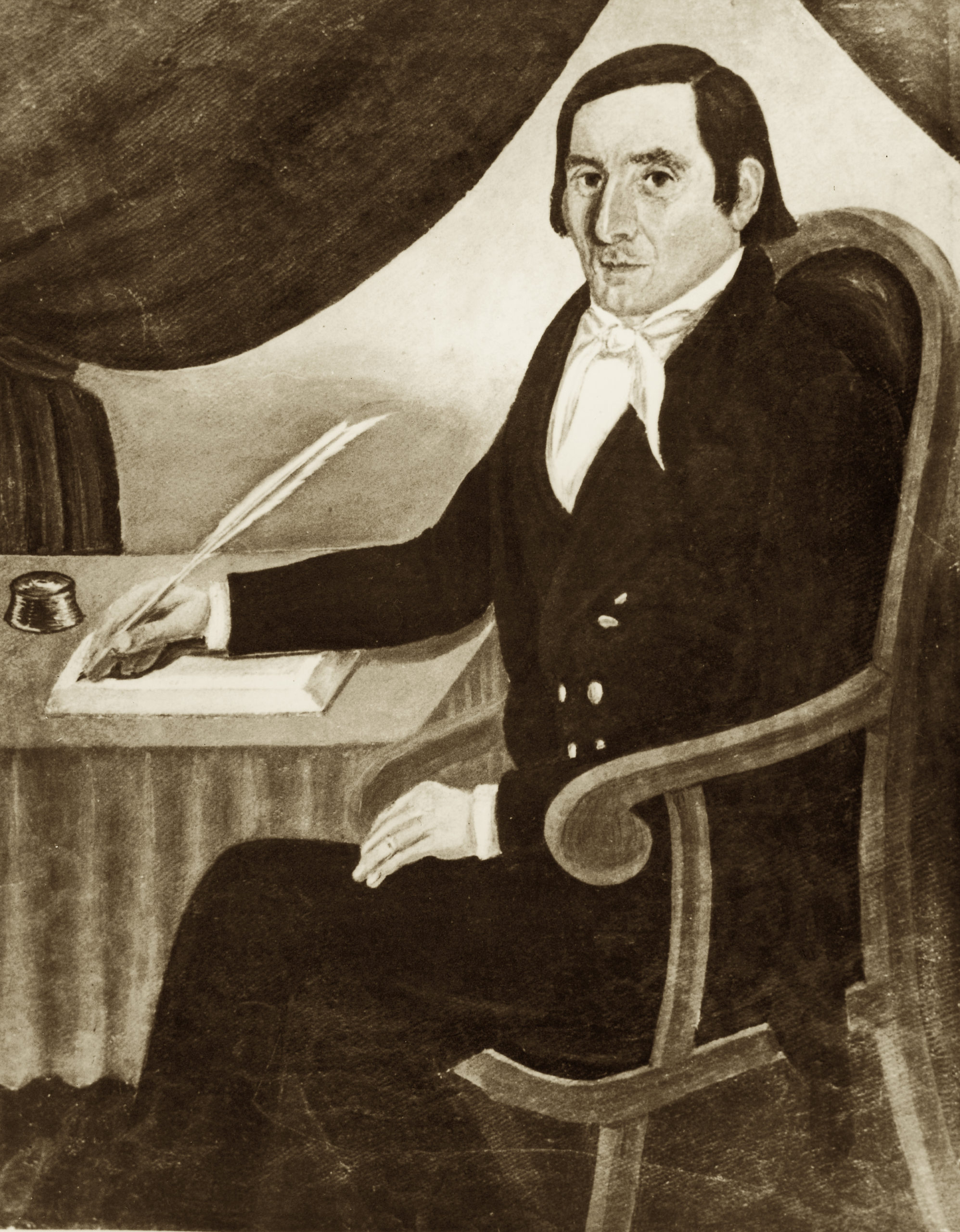
Lit Come Follow Me: D&C 12-13
The two sections of the D&C for the next Come Follow Me lesson are both quite short, but the second covers one of the most significant events in Church history—the visit of John the Baptist restoring the Aaronic Priesthood and the ordinance of Baptism, found in section 13. But before that, in section 12, we…
-
“I will establish my church”
Doctrine and Covenants Section 10 is interesting in its discussion of the Lord’s church because it seems to use the term in two different ways. One definition is the institution that we’re most likely to think of when we hear the term—the one we call Church of Jesus Christ of Latter-day Saints. The second is…
-
Deny not the Spirit of Revelation-a reflection on Come Follow Me
The story of the First Vision is one of the most beloved in all the Gospel, and many of us have sat through multitudes of lessons on what truths this vision taught, one of which being that the creeds of all of the other religions are an abomination to God. Sometimes this has been interpreted…
-
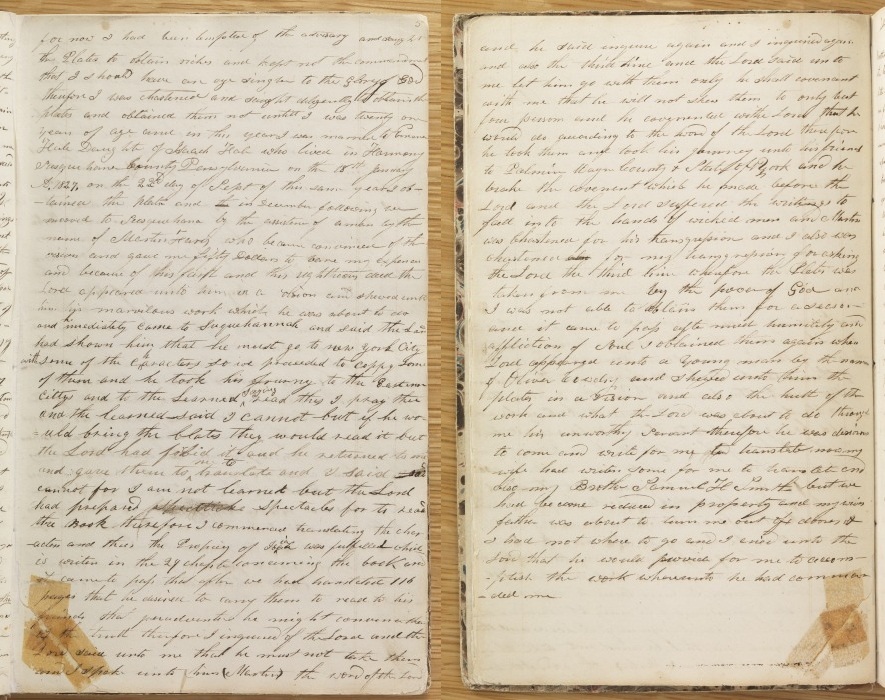
Lit Come Follow Me: D&C 10-11
The two sections in this week’s Come Follow Me lesson seem very different. The first, section 10, concerns the aftermath of the loss of the 116 manuscript pages containing the initial translation of the Book of Mormon. In contrast, section 11 is a revelation of advice to Hyrum Smith. But in both of them is…
-
“You have another gift”
In a land of myth and a time of magic, the destiny of a great kingdom[1] rests on the shoulders of a young man. His name … Joseph. If you couldn’t tell from the text above, my wife and I have been watching the TV series Merlin lately. We’ve rather enjoyed their take on the…
-
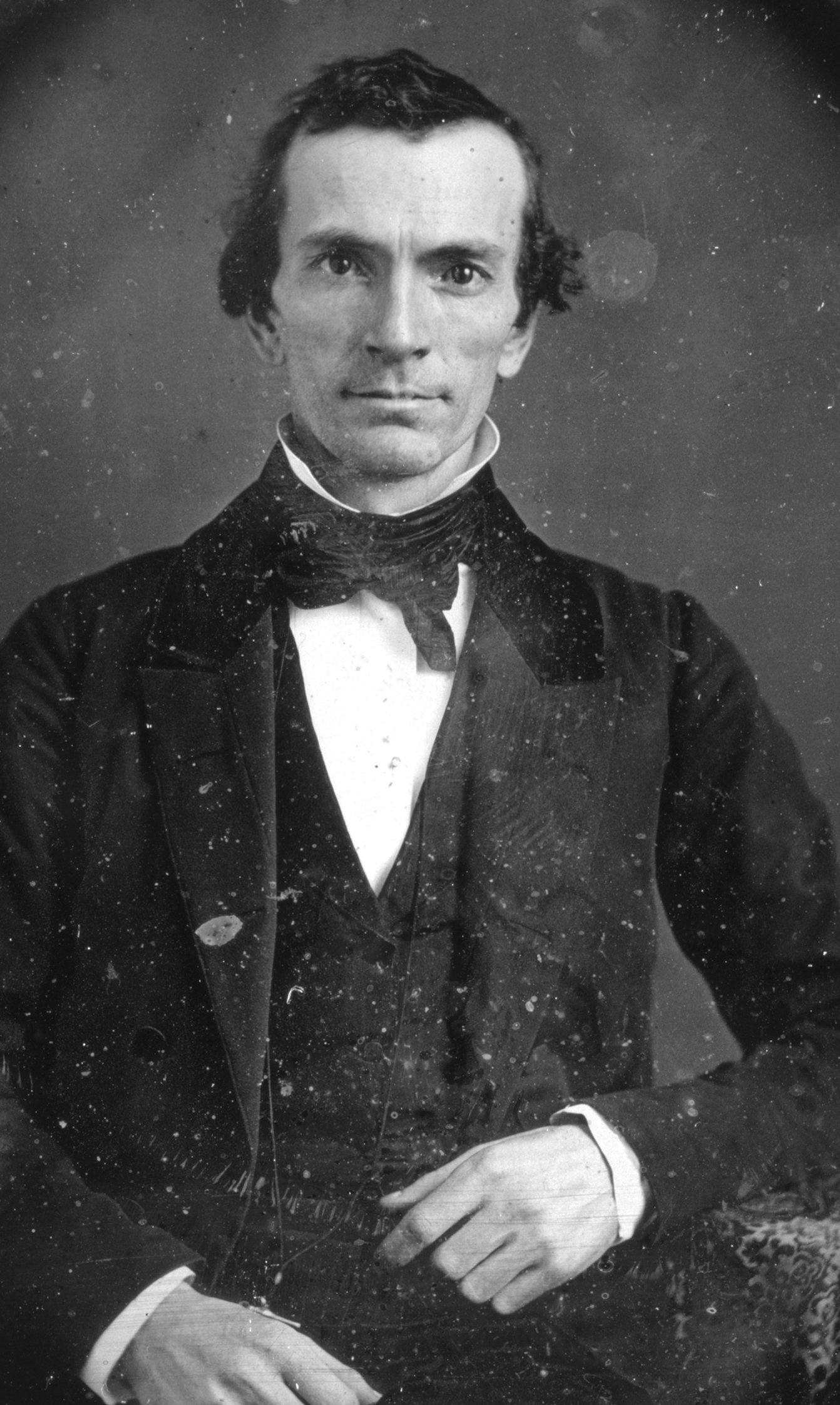
Lit Come Follow Me: D&C 6-9
The central character in this week’s D&C sections is Oliver Cowdery, the primary scribe and assistant to Joseph Smith in the translation and publication of the Book of Mormon. In our mythology[1. I would hope that my use of “mythology” isn’t interpreted as a suggestion that the story is false. I don’t believe that.], we…
-
Louis Midgley on Hugh Nibley, the Maori, and More
In an interview ranging from discussing Hugh Nibley to missionary work in New Zealand to systematic theologies to the dedication of the Swiss Temple, Kurt Manwaring recently sat down with Latter-day Saint apologist (and retired professor of political science) Louis C. Midgley. What follows here is a co-post to one at Kurt Manwaring’s site, where…
-

“A man may have many revelations”
We’re four weeks into the year, and we’ve finally reached the beginning of the Doctrine and Covenants. I know we started the book weeks ago, but what I mean to say is that this week we’re now working with the earliest material in the Doctrine and Covenants. Section 3 is the first revelation from Joseph…
-

Lit Come Follow Me: D&C 3-5
In the three sections covered in this week’s Come Follow Me lesson we go with Martin Harris from the 116 pages to being a witness, with a detour to Joseph Smith Sr. and what it means to serve God. While I haven’t found poems that mention the events associated with these sections, there are a…
-

“A messenger sent from the presence of God”
I’ve always been interested in knowing what all Moroni said to Joseph Smith during their first conversation. We have several accounts, both from Joseph Smith himself and from close associates like Oliver Cowdery, Orson Pratt, and Lucy Mack Smith of that visit, but all of them pick and choose what they discuss and all of…
-
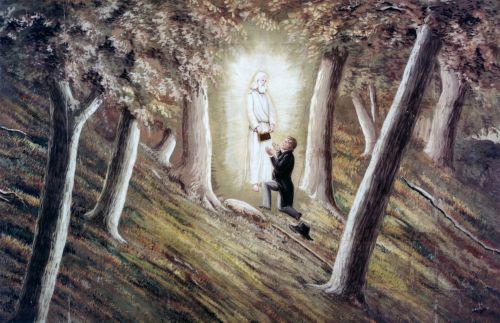
Lit Come Follow Me: D&C 2
This coming week’s Come Follow Me lesson discusses the events surrounding the coming forth of the Book of Mormon, including the visits of Moroni to Joseph Smith and the scripture’s translation and publication. Like other early events in the restoration, these events have been portrayed artistically many times, and will undoubtedly be portrayed many more…
-
Ein Ruf aus der Wüste: Foreword
The fierce desire harbored by the author of this booklet to fulfill an obligation that, he feels, a more than human power has imposed on him, as well as the heartfelt diligence with which he hopes to gladden his fellow men through the proclamation of those truths that fill his own heart with inexpressible joy…
-
Ein Ruf aus der Wüste: title page
The first non-English Latter-day Saint work, Orson Hyde’s Ein Ruf aus der Wüste, was published in 1842 in Frankfurt. The section recounting the life of Joseph Smith and the translation of the Book of Mormon has been translated multiple times and is available at the Joseph Smith Papers Project, in Dean Jessee’s 1989 The Papers…
-
Keith Erekson and the Scholars of Pajamalot
In a recent interview with Keith Erekson (the director of the Church History Library and a member of the editorial board of the Church Historian’s Press), Kurt Manwaring discussed a variety of topics, including the forthcoming publication of the William Clayton journals, the impact of Mark Hofmann on the Church History Library, and a moniker…
-

“Or, are they all wrong together?”
In this week’s chapter in the Come, Follow Me manual, one of the core areas of discussion is “why are there various accounts of the First Vision?” It’s an opportunity to explore the other accounts of the First Vision in a way that is potentially helpful to members of the Church.[1] The section mentions that:…
-
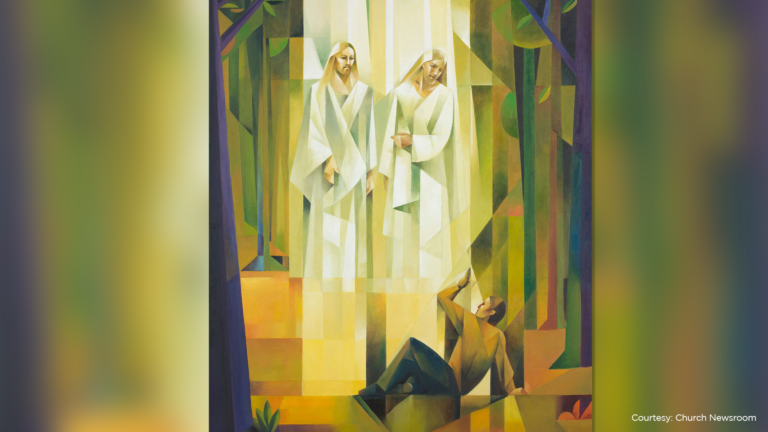
Lit Come Follow Me: D&C —Joseph Smith History 1
In the second lesson for this year, the Come Follow Me curriculum turns to Joseph Smith-History in order to include a brief look (over two lessons) at the origins of the restoration. For most Church members, the story is very familiar, and the principles taught are well-covered material. And, as you might imagine, the events…
-
“By mine own voice or by the voice of my servants”
Doctrine and Covenants section 1 is a fascinating document. Written in late 1831, it would chronologically fall in place right around section 67, but was intended as a preface for the compilation of Joseph Smith’s revelations known as the Book of Commandments. By extension, it later served as the preface for the Doctrine and Covenants.…
-
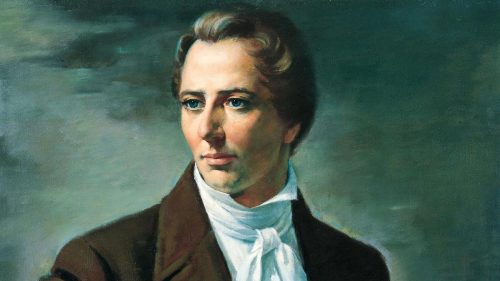
Lit Come Follow Me: D&C Section 1
The first section of the Doctrine and Covenants is meant to be its preface; an outline of both its reason for existing and its purpose. Presented at a conference of the Church in November, 1831, Section 1 was given and composed specifically because the church was compiling the revelations Joseph Smith had received and was…
-

New Series: Literary Come Follow Me D&C
I’m launching a new series of posts with poetry to go with the 2021 Come Follow Me lessons for the Doctrine and Covenants
-
The Most Significant General Conference Addresses of the 2010s: A Tentative List
With the 2010s a year behind us now, I thought it might be a good time to look back at general conference in the 2010s and consider which of the talks were some of the most significant addresses given during that period. I suspect that the Gospel Topics Essays will be the most significant documents…
-
What are the best resources to accompany your study of the Doctrine and Covenants?
We’re wrapping up the end of a year studying the Book of Mormon (whether at home or with our wards or branches) and soon will be turning our focus to the Doctrine and Covenants. J. Stapley at BCC recently ran a useful post discussing some approaches and resources we can use for studying the Doctrine…
-
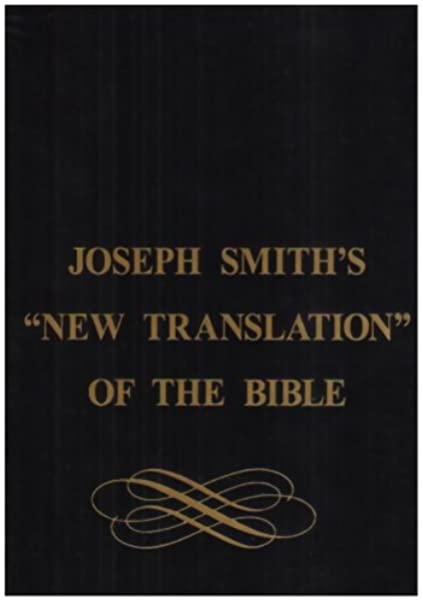
Kent P. Jackson on the Joseph Smith Translation
Joseph Smith’s translation projects have been a hot topic this year. Among many others, earlier this fall we did two posts that discussed the possibility that Joseph Smith relied on the Adam Clarke commentaries for some of the changes he made in the Joseph Smith Translation of the Bible. Recently, Kent P. Jackson (a retired…
-
Terryl Givens on 2nd Nephi
Terryl Givens—one of the foremost Latter-day Saint authors, theologians, and apologists of our time—recently penned a short volume on 2nd Nephi as part of the brief theological introductions to the Book of Mormon series the Maxwell Institute has been publishing this year. I wrote a review of the book earlier this year, but recently Kurt…
-
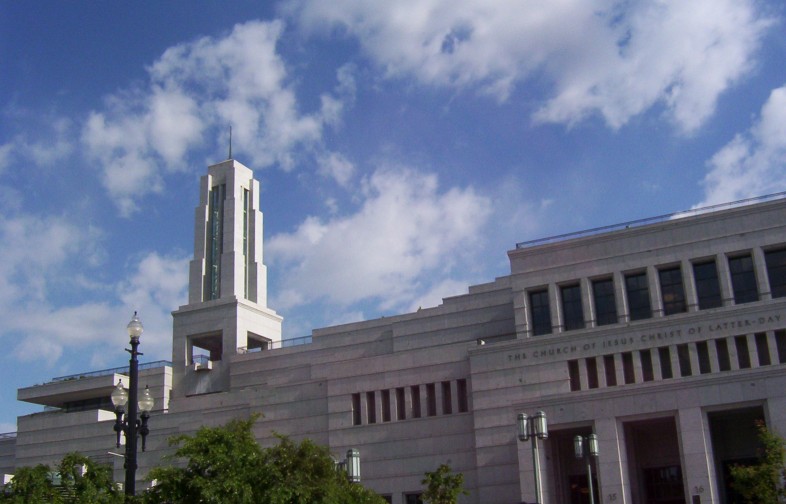
President Nelson’s Sources
What is it about our Church leaders that lends their speeches authority? While ultimately the belief that the men we sustain as prophets, seers, and revelators are in communication with God is what lends them the greatest amount of authority, I believe that there are other factors that shape how they are perceived and how…
